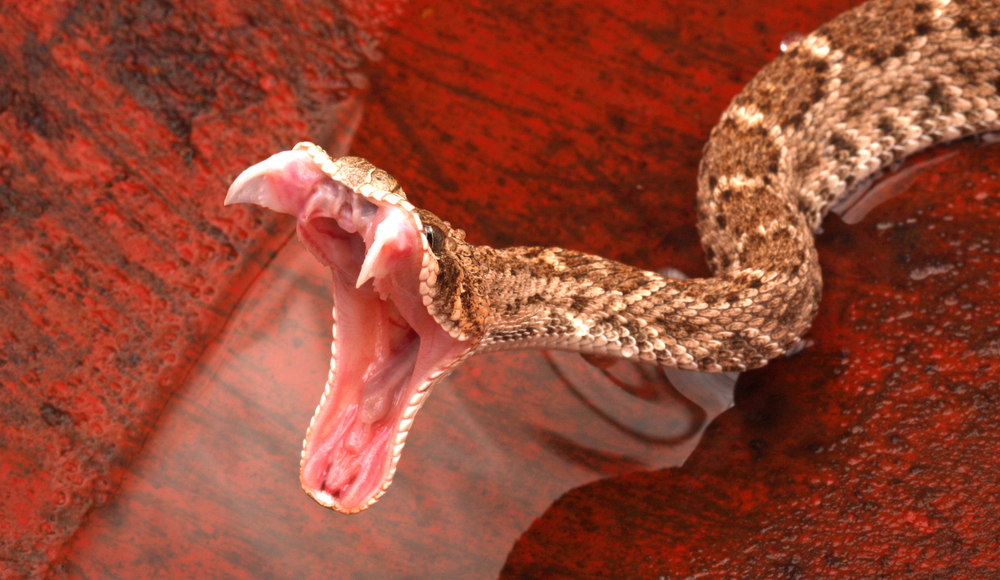How Do Snakes Swallow Large Animals?


Super-sized meals do not intimidate snakes. Cats, pigs, and antelope are regular fare for pythons; rarer treats have included a 14-year-old boy, a Burmese jewelry salesman, and an alligator.
Unlike a mammalian jaw that is built for brute force, a snake's is rigged with tendons, muscles, and ligaments that give the jaw a gymnast's flexibility. [Rats Are Ticklish! Cats Can Bark! 9 Weird Animal Facts ]
The jaws do not dislocate, however.
"One of the enduring myths about snake feeding mechanisms is the idea that the jaws detach," explained Patrick T. Gregory, a biology professor at the University of Victoria. "In fact, they stay connected all the time."
The two lower jaws move independently of one another (see image), Gregory said. The quadrate bone is not rigidly attached to the skull, but articulates with the skull at one end and is therefore freely moving.
"The two mandibles are not joined at the front by a rigid symphysis, as ours are, but by an elastic ligament that allows them to spread apart," Gregory said.
Flaunting proper table manners, a snake takes its time muscling food down its throat, walking its skull over dinner and slathering it with saliva sauce.
Get the world’s most fascinating discoveries delivered straight to your inbox.
Snakes Swallow Longer Snakes, Too
How the common king snake can ingest other snakes that equal or exceed its own length was long a mystery. But scientists now think they know some of the reptile's super-sizing tricks.
Kate Jackson of the University of Toronto and colleagues used an array of video and still images to get a play-by-play look at king snakes (Lampropeltis getulas) as they devoured corn snakes (Elaphe guttata) that were at least as long.
- After the king snake constricted and subdued its prey, it began the exhaustive “transport cycle,” to get the slithering snack into its belly. Called a pterygoid walk, the king snake opened up its jaw and alternately ratcheted toothy parts of its upper jaw over the surface of the prey, in turn “walking” its mouth over and around the prey. Video: Snake Capture
- To help pull in its prey, the king snake compressed its own vertebral column into a series of concertina-like waves that shortened and lengthened its body. Video: Snake Swallow
- The king snake forced the prey’s vertebral column to bend into waves and compress as if an accordion. Even with eyes bigger than its stomach, the king snake could package its meal to ensure a perfect fit inside its gastrointestinal tract. Video: Snake Stomach
- With all that work, most of the king snakes regurgitated partially digested prey. Just one snake-snacker completely digested its prey, a feat that took 15 days! Video: Snake Regurgitation
Follow Life's Little Mysteries on Twitter @llmysteries. We're also on Facebook & Google+.


